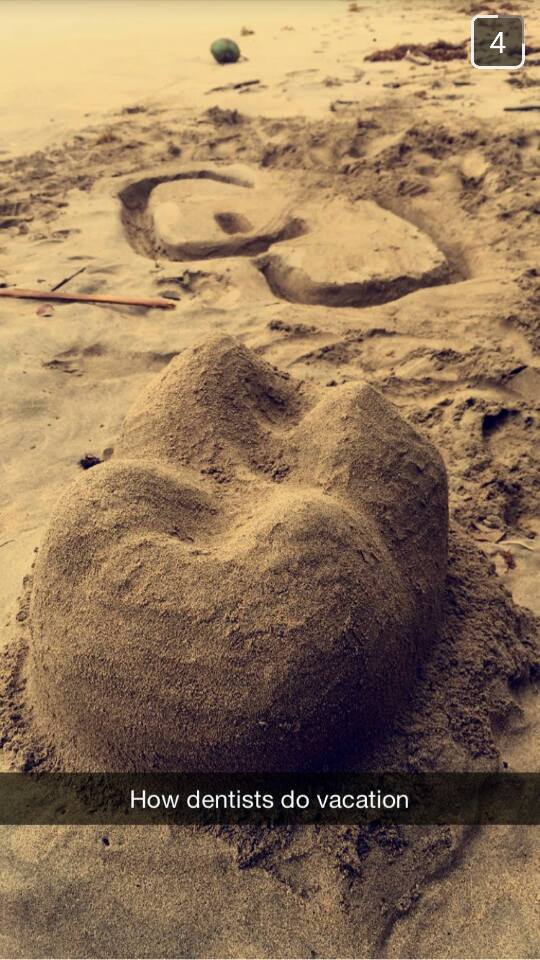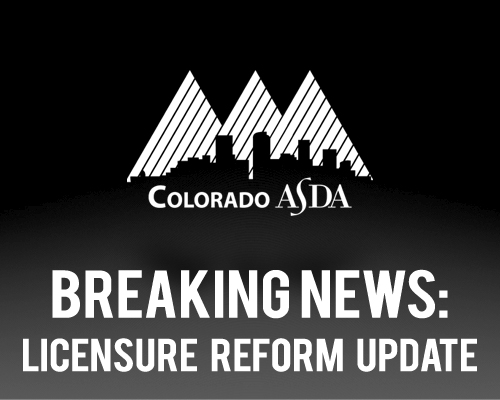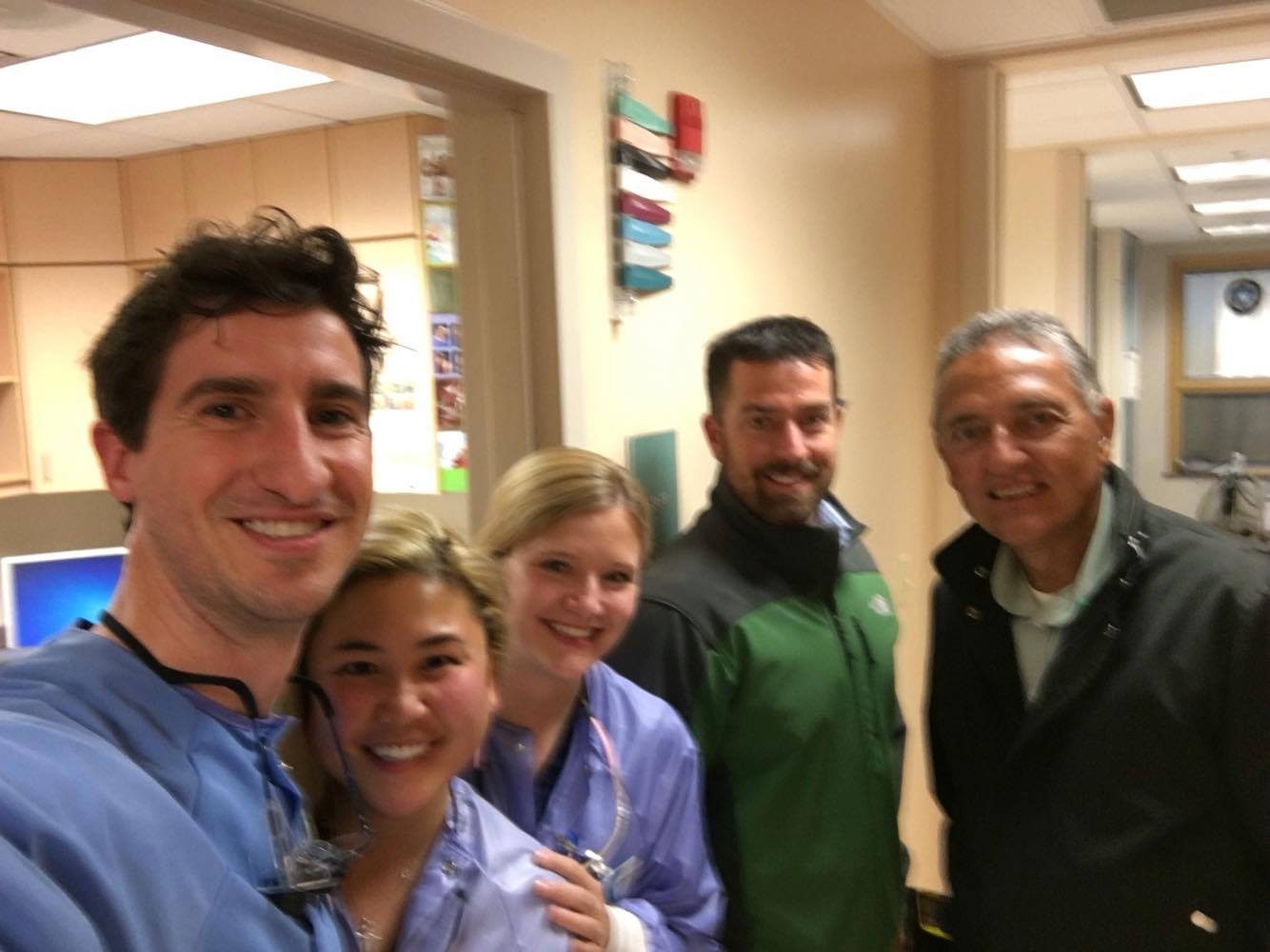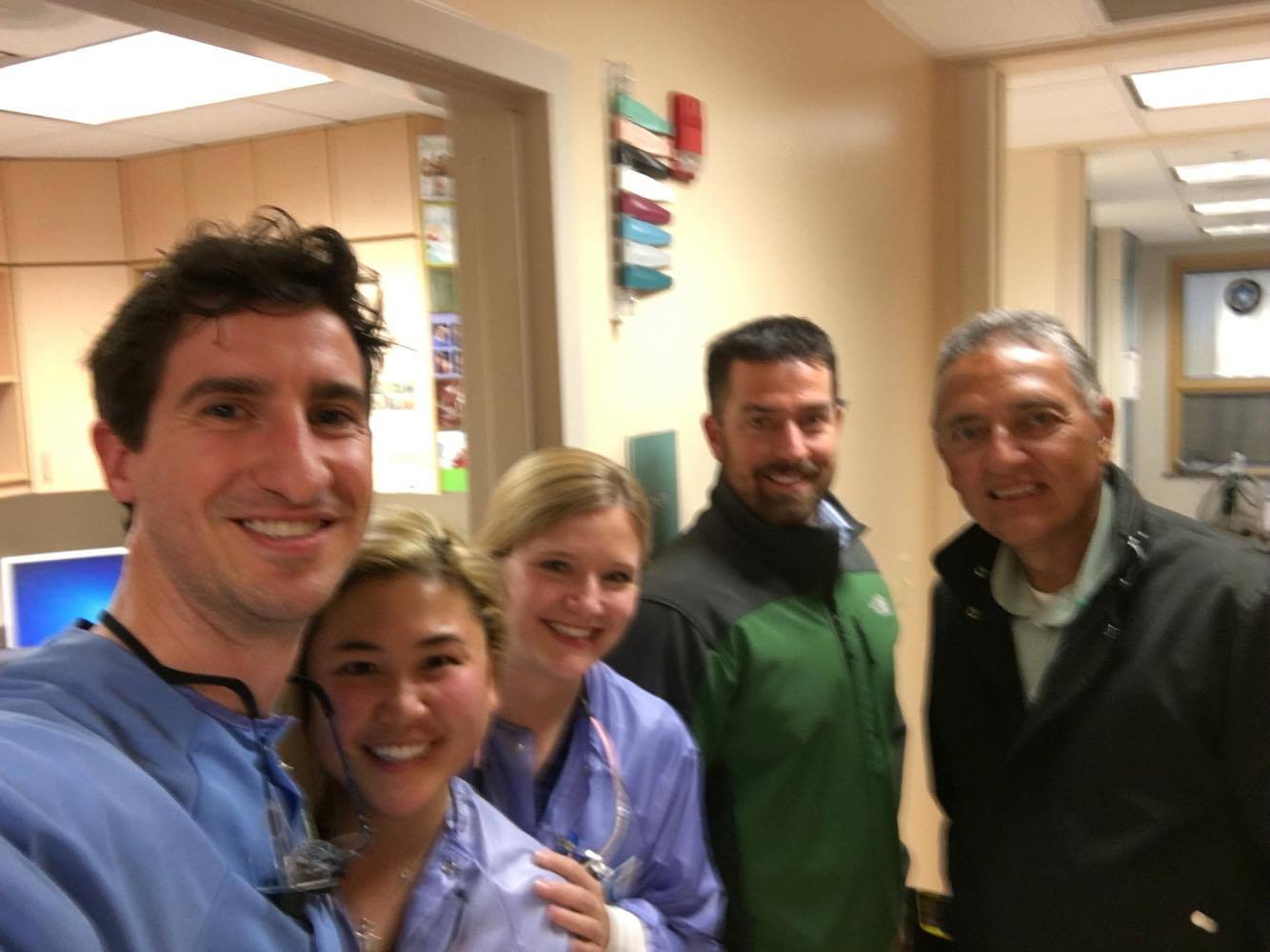Welcome to the big leagues! Now that you have weathered the long days and (hopefully) fun nights of Orientation Week, the real journey into dental school begins. I would like to offer a few bits of advice as you all navigate the starting blocks of first year.
- Embrace your variety. The people in your class come from a diverse background. You’ll have those who come from dental dynasties and those who are blazing a brand new trail. You’ll have those who are undergoing a career change and those who are fresh off the college campus. You’ll have those who can speak three languages and those with a killer topspin serve. Everyone in your class has something unique to offer. It may not be obvious this month or this semester, but pay attention and everyone will surprise you at some point over the next few years. That’s the awesome thing about having a small class; you will make friends that you’ll have for the rest of your life.
- Stop planning for the future. I know this is a difficult one. It’s easy at the beginning to get so caught up in all of the things you have looming in the distant future…a seemingly scary amount of finals, seeing your first patients in clinic, graduation, life as a practicing dentist, etc. Stop it. Live in the present. That’s not to say you should ignore future events altogether, but don’t be consumed by them. Enjoy your time as first years. Even if at times things seem irrelevant or tedious. You will be much less stressed if you take each challenge of dental school one day at a time. (And for the love of all things dental, do not start asking about Boards until at least January…)
- Take a day off. Memorizing endless anatomy will get stressful, and exams will pile up. You will get tired of burning yourself with wax. You will get frustrated with some of the people around you. When that time hits, give yourself a mental break. Go fishing. Go to a movie. Go adopt a puppy (just kidding, don’t do this on a whim). Take the time to disconnect from school and stress. It’s that reset that is the key to success—not how many sleepless nights you can spend making flashcards.
- Trial-by-fire is an excellent way to learn. You’ll quickly realize that with dentistry, what is applicable in lecture is limited. You can learn only so much be listening and visualizing. At some point, you just have to do. This can be a frustrating transition, but it’s a transition that will force you to grow and become a better dental student. And this is not just limited to getting your hand skills in lab. Go assist some upperclassmen in clinic. You may not be in the driver seat, but you will learn some lessons that the classroom will never teach you.
- This is much more than just “school” or the beginning of a “career.” This is the rest of your life. Be extraordinary.
Cheers!
Your ASDA Electronic Editor,
Luke A. Harden
(Shoutout to the nine from Costa Rica '15 for the sand molar...see, you can have fun in dental school)



















